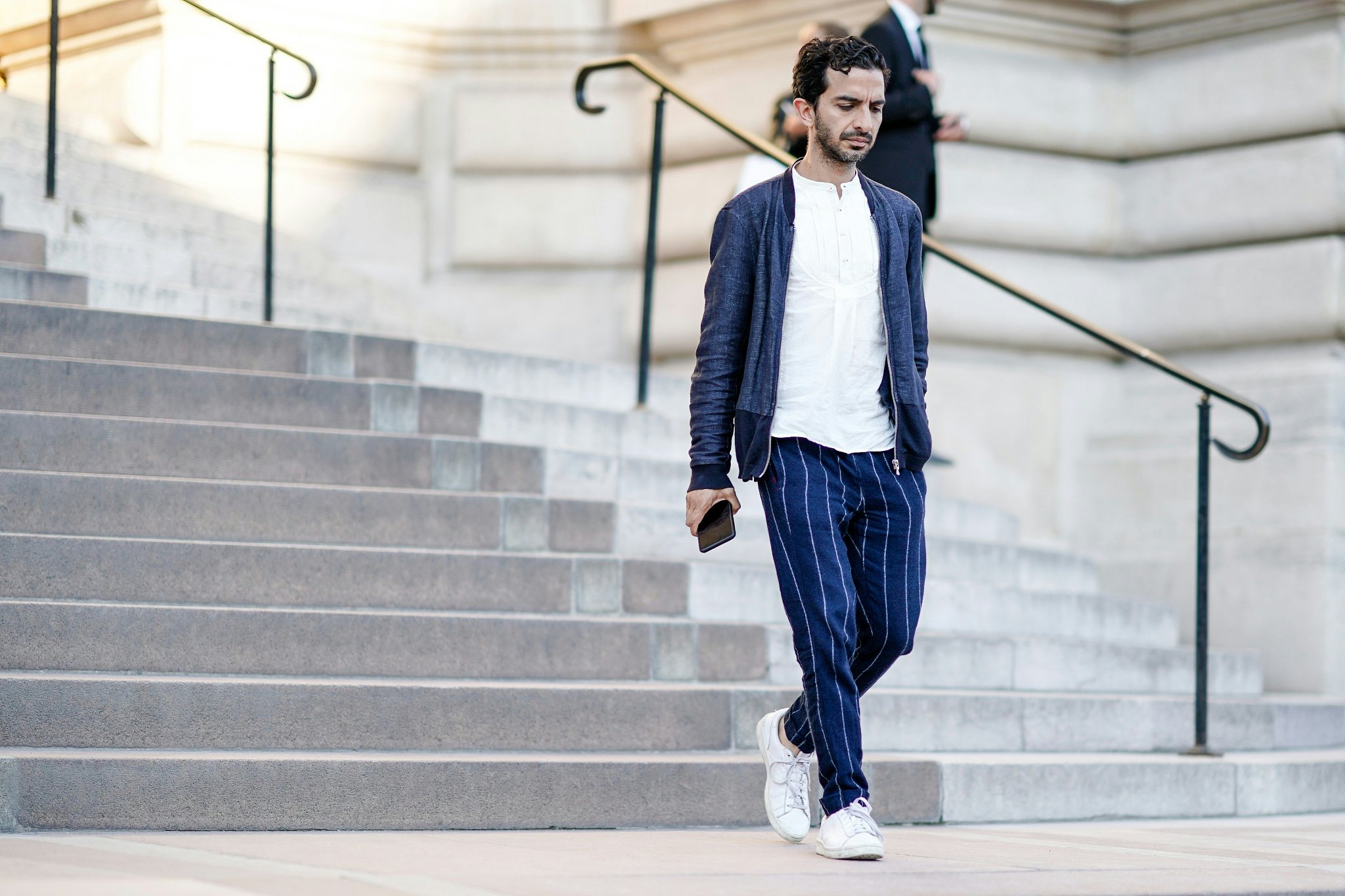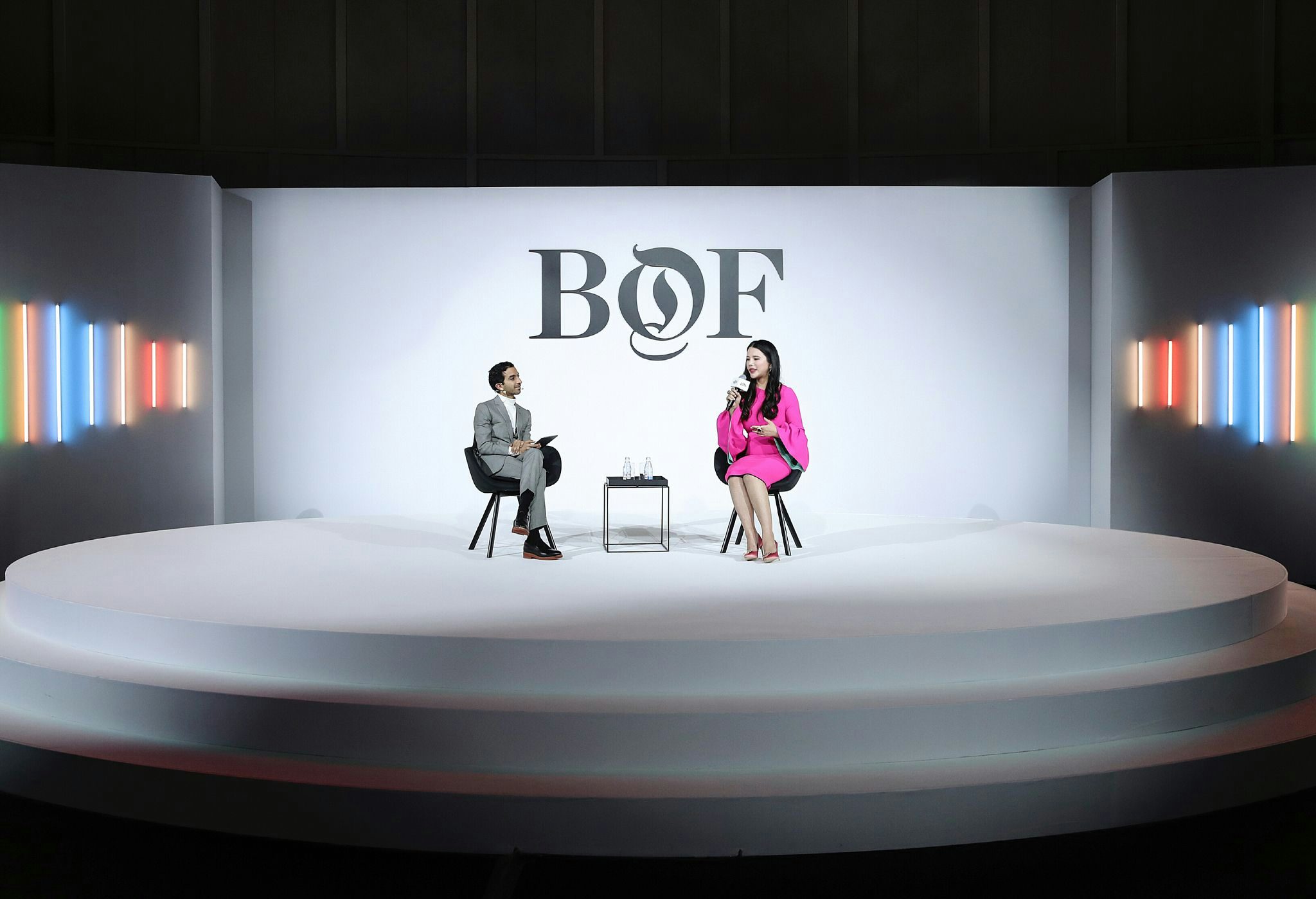Imran Amed began his fashion career on his couch in London, writing a blog about the fashion business in the evenings while consulting for emerging designers during the day. Today he is founder, CEO and editor-in-chief of the Business of Fashion. Amed has interviewed some of the biggest names in fashion including Karl Lagerfeld, Dolce & Gabbana and Giorgio Armani, and this week McKinsey & Company and BoF release their keenly awaited State of Fashion 2019 report. China, perhaps more than ever, plays a pivotal role.
Jing Daily caught up with Amed ahead of the report’s release.
The State of Fashion 2019 report shows that China is set to surpass the U.S. as the world’s biggest fashion market next year. What are the main factors that have led to this?#
The rapid growth of the Chinese fashion market is a result of the explosion in consumer spending power. The overall market is maturing, and rising wages are expanding China’s middle-class consumption at a rate that creates a dynamism in the Chinese market that is unlike anywhere else. Chinese consumers’ tendencies to quickly take up the latest technologies have also contributed to this. Also, more of what’s being produced in China is now being consumed in China as preferences for locally adapted products and brands help shift the country away from exports.
How do you see the Chinese fashion market evolving?#
Fast-paced innovation bubbling up from China’s exciting startup scene will keep feeding into the fashion market -- not only in terms of new channels where fashion and luxury goods are consumed, but also in the types of business models that Chinese fashion entrepreneurs choose to adopt.
The so-called “consumer downgrade” that luxury players are concerned about in China is something that the industry does need to carefully monitor. But it will be partially offset by new consumer cohorts rising up in the market -- both demographically and geographically. This phenomenon will also create opportunities in other value segments. Prospects for China’s affordable luxury segment, for example, is above-average growth while neighboring markets like Japan are expected to underperform in this segment.
In terms of China’s style tribes of the future, two divergent forces will be pushing and pulling the market in different directions based on consumer tastes. On the one hand, Chinese “global citizen consumers” will be tapping into the same or similar trends as their international counterparts, but “hyperlocal” Chinese consumers will emerge as an increasingly important segment too, creating their own regional trends.
One of the key trends for 2019 continues to be buying by young consumers. How should brands target this demographic? Which brands do you think are doing this successfully in China?#
Young consumers are very attuned to social and environmental issues. These beliefs are reinforced by their shopping habits, for example, younger generations are now using consumption as a means to express their beliefs and values. Brands are responding to these preference shifts by integrating social and environmental themes into their products and services. While taking a position on a specific and potentially divisive social issue poses some risk -- as not all are universally popular -- there are clear benefits of brands establishing and communicating an authentic viewpoint. However, the caveat here is that this phenomenon doesn’t hold true in every global market and in some places, brands should be much more cautious about employing these tactics than others.
What are some examples of traditional brands disrupting their own business models to offer Chinese consumers a new approach?#
Burberry, under the creative direction of Riccardo Tisci, developed a new logo and monogram. The company also recently announced the launch of its “B series,” a brand new series of monthly product drops, a first for the heritage brand. Other brands are also embracing disrupting the traditional fashion calendar with product drops. Moncler’s “Genius Project,” done in collaboration with streetwear icon Hiroshi Fujiwara, drove a 43 percent month-over-month increase in the brand’s earned media value. Louis Vuitton in 2018 appointed Virgil Abloh, known for his disruptive streetwear brand Off-White, as its creative director.
How do you see technology continuing to change the fashion industry in 2019?#
Technology will continue to play an important role in reshaping the global fashion industry as consumers’ need for immediacy and convenience grows. We see applications of this happening already on WeChat, where users are linked from blog posts to e-commerce platforms without ever having to leave the app.
Visual search also poses a very interesting application for the fashion industry. There are a number of companies specializing in visual search today, but no one player has elicited mass consumer adoption yet. The potential integration of these new technologies to the consumer purchase experience will become more clear in 2019, with clear winners and losers emerging.
Within the fashion system, we see increased automation and the use of data analytics as major drivers of enhanced agility, on-demand production, optimized product distribution, and inventory management. Employment of technologies such as digital and laser printing, the increased use of microfactories are a few examples of advancements permitting high speed, agile production and reduced overheads associated with human capital. Players leveraging these technologies are able to respond to and capitalize on consumer trend shifts faster. Further, the increased use of data analytics to inform the production process is paving the way for made-to-measure and customization at mass scale. We expect small players to remain at the forefront of these technological adoptions, with larger players following suit.
This week, Dolce & Gabbana had to cancel their Shanghai show after their advertising campaign drew the attention of the Chinese government. How can luxury brands be wary when chasing China’s young and affluent?#
This incident is clearly the collision of several key trends identified in our report: the rise of millennial consumers who have strong values, the rise of social channels for communication and engagement with consumers, and the huge importance of the Chinese market in driving growth.


